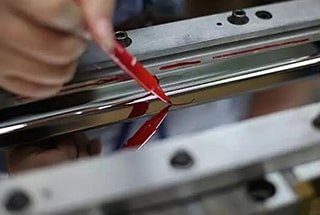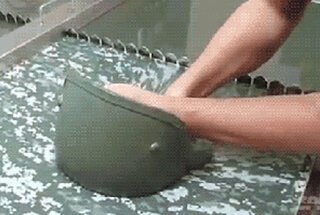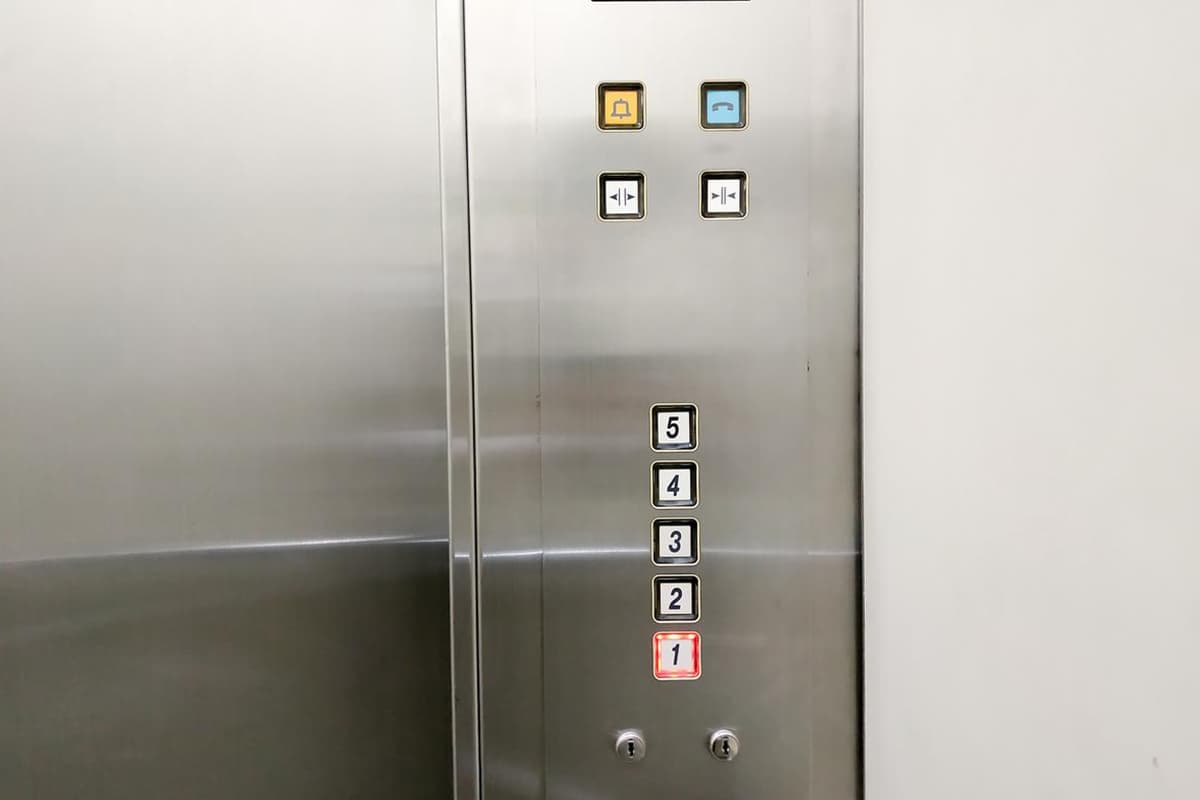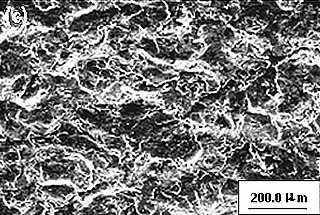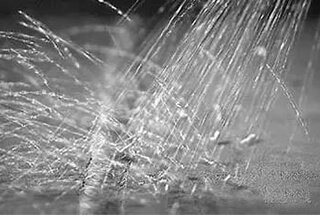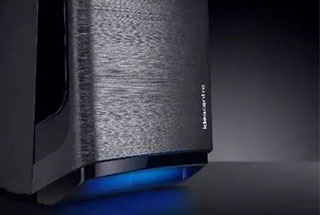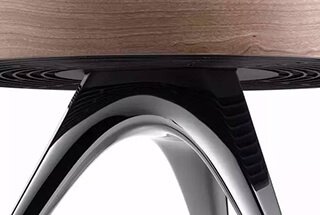
Imagine transforming ordinary objects into vibrant works of art, all with cutting-edge surface printing techniques. From the precision of vacuum plating to the detailed artistry of photo etching, this article dives into 14 unique methods that bring materials to life. Curious about how these processes work and their real-world applications? This guide will illuminate the fascinating world of surface printing, revealing both the intricate details and the broad possibilities these techniques offer. Explore and discover how these processes can enhance and protect various materials in innovative ways.
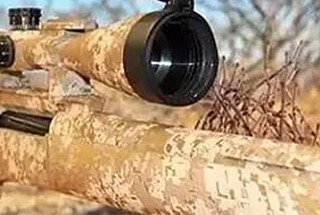
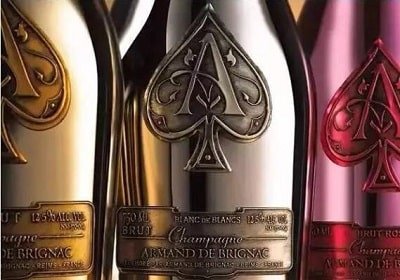
Vacuum plating is a physical deposition process in which argon gas is injected into a vacuum and directed at a target. The molecules from the target are then adsorbed onto conductive goods, resulting in a uniform and smooth imitation metal surface layer.
Typical products: Surface treatment of reflective coatings, consumer electronics and heat shields
Suitable output: Single piece to large batch
Quality: High quality ( highlights and product surface protection)
Speed: Medium production speed, 6 hours / cycle (including painting)

Applicable materials
Various materials can be vacuum plated, such as metals, soft and hard plastics, composite materials, ceramics, and glass. Among these, aluminum is the most frequently used material for electroplated surface treatment, followed by silver and copper.
However, natural materials are not suitable for vacuum plating as their moisture content can affect the vacuum environment.
Process Cost
Vacuum plating requires manual operations. The process involves spraying, loading, unloading, and repainting the workpiece, which results in relatively high labor costs. However, the labor costs may vary depending on the complexity and quantity of the workpiece.
Impact on the Environment
Vacuum plating has little environmental pollution, similar to the environmental impact of spraying.
Examples:
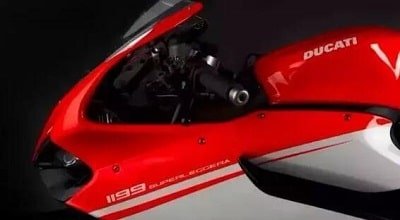
Vacuum plating for Ducati motorcycles
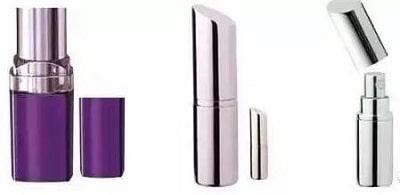
Vacuum plating of perfume bottles
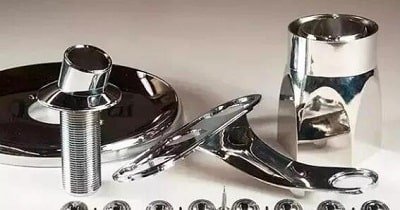
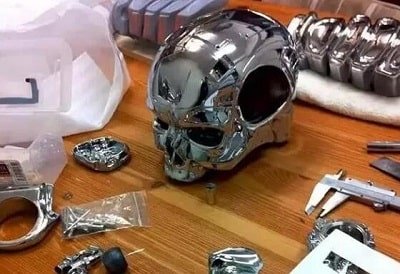
Vacuum plating of other products
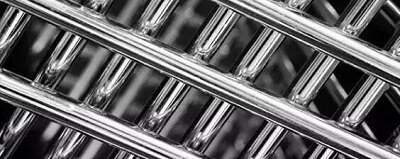
Electropolishing involves using the workpiece as the anode and the insoluble metal as the cathode. Both electrodes are immersed in the electrolytic bath simultaneously, and selective anodic dissolution occurs through direct current ionization reaction. This process effectively removes small burrs from the workpiece’s surface and increases its brightness.
Typical products: Building structures, food handling and storage as well as medical pharmaceuticals
Suitable output: Single piece to large batch
Quality: The surface is bright, smooth and hygienic
Speed: Medium production speed, 5-30 minutes / cycle
Applicable Materials
Most metals can undergo electropolishing, with stainless steel being the most commonly polished surface (especially for super austenitic stainless steel).
However, different materials cannot be polished electrolytically at the same time, or even in the same electrolytic solvent.

Process Cost
The whole process of electropolishing is basically completed by automation, so the labor cost is very low.
Impact on the Environment
Electropolishing is an environmentally friendly process that uses fewer harmful chemicals compared to other metal finishing techniques. It also requires only a small amount of water and is easy to operate. Moreover, electropolishing can enhance the properties of stainless steel and prolong its resistance to corrosion.
Examples
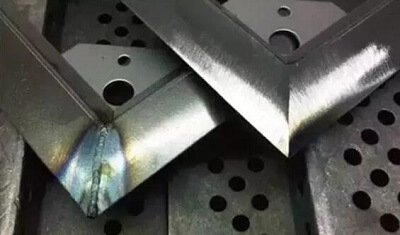
Electropolishing to clean welds


Electropolishing of other products

Photo etching is a surface treatment method that involves creating a resist film image using photographic techniques to protect a surface. The process then generates surface texture by etching metal, plastic, or other materials with a chemical etchant.
Typical products: Surface treatment for jewellery, nameplates and trophies
Suitable output: Single piece to large batch
Quality: Extend exposure and chemicals all can realize Photo Etching
Speed: Medium production speed (50-100 microns / 5 minutes)

Applicable Materials
Many metals are suitable for photo etching, including stainless steel, mild steel, aluminum, brass, nickel, tin, copper, and silver. Aluminum has the fastest photo etching speed, while stainless steel has the slowest.
In addition to metals, glass and ceramic can also undergo photo etching surface treatment, but specific photoresist and chemicals are necessary for this process.

Process Cost
Impact on the Environment
Metal scrap produced during photo etching must be managed for recycling purposes. The chemical used for photo etching consists of one-third ferric chloride, and discarded photosensitive films are treated with caustic soda (a strong alkaline). Both chemicals are hazardous, and operators should wear protective clothing while handling them.
Examples

Photo etching of eyeglass frames

Photo etching of metal signs

Pad Printing: It can print text, graphics, and images on the surface of irregularly shaped objects and now is becoming an important special printing.

Typical products: Surface printing for vehicle interiors, consumer electronics and sports equipment
Suitable output: Single piece to large batch
Quality: Clear print details, even on uneven surfaces
Speed: Single printing time (1-5 seconds)
Applicable Materials
Almost all materials can use the pad printing process, except the materials that are softer than silicone pads, such as PTFE.
Process Cost
Impact on the Environment
Because this process is limited to soluble inks (which contain harmful chemicals), so it has a great impact on the environment.
Examples

Customized Service of Pad Printing and Swiss Army Knives
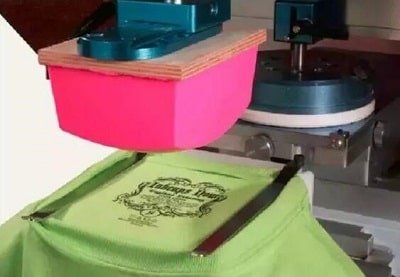
Pad Printing of clothing

Pad printing of silicone mobile phone

Pad printing of other product

Galvanizing is a surface treatment technology that involves plating a layer of zinc on the surface of steel alloy materials. This process serves two purposes: enhancing the appearance of the material and preventing rust formation. The zinc layer on the surface functions as an electrochemical protection layer that helps to prevent damage to the metal. The primary methods used for galvanizing are hot-dip galvanizing and galvanizing.
Typical products: Surface treatment for buildings, bridges, vehicles, furniture and etc.
Suitable output: Single piece to large batch
Quality: Perfect protective layer, the appearance largely depends on the quality of the steel
Speed: Fast, basic 10 minutes / cycle
Applicable Materials
As the galvanizing process relies on metallurgical bonding technology, so it is only suitable for the surface treatment of steel and iron.
Process Cost
Impact on the Environment
The galvanizing process can increase the service life of steel parts by 40-100 years, thus preventing rust and corrosion of the workpiece, which has a positive effect on the environment. Moreover, the galvanized workpiece can be returned to the galvanizing tank after its service life has ended, and the reuse of liquid zinc will not result in any chemical or physical waste.
Examples

Galvanizing of hubs
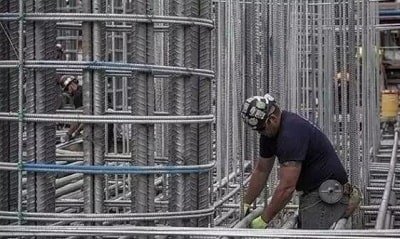
Galvanizing plant
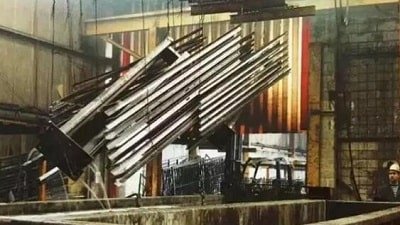
Galvanizing of building firmware

Galvanizing of other product

Electroplating is a process that involves using electrolysis to attach a metal film onto the surface of a part. This process can prevent metal oxidation, improve wear resistance, enhance electrical conductivity, increase light reflectivity, and improve corrosion resistance, as well as enhance aesthetics. Many coins also feature an electroplated outer layer.

Typical products: Surface treatment for transportation, consumer electronics, furniture, jewelry and silverware, etc.
Suitable output: Single piece to large batch
Quality: Extremely high gloss, resistant to oxidation and corrosion
Speed: Medium speed, depending on material type and coating thickness
Applicable Materials
Different metals have varying levels of purity and plating efficiency, making them suitable for plating. The most common metals used for plating are tin, chromium, nickel, silver, gold, and rhodium. Rhodium is a type of platinum known for its high cost and ability to maintain high brightness for a long time. It can resist most chemicals and acids and is typically used for products requiring extremely high surface gloss, such as trophies and medals.
The plastic commonly used for electroplating is ABS, as it can withstand the high temperature of electroplating (60 ° C or 140 ° F) and has a strong bonding strength between electroplated and non-plated layers.
It’s important to note that nickel metal should not be used for electroplating products that come in contact with the skin because nickel is known to cause irritation and toxicity to the skin.
Process Cost
There are no mold costs involved, but fixtures are required to attach the parts.
The time cost varies depending on the temperature and type of metal used.
Labor costs are medium to high and depend on the type of plating being used. For instance, plating with silver or jewelry requires highly skilled workers due to its demanding standards for appearance and durability.

Impact on the Environment
Due to the use of a significant amount of toxic substances in the electroplating process, it is crucial to have professional shunting and extraction methods in place to minimize environmental impact.
Examples
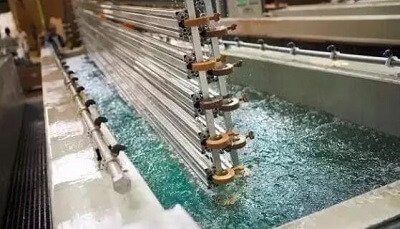
Domestic factory live plating processing
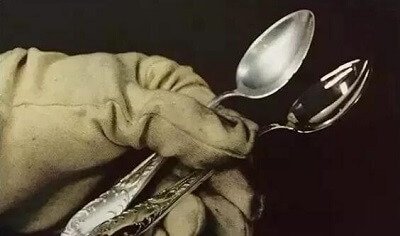
Electroplating of spoon


Electroplating of other products

Powder coating is a type of dry spray method used for coating metal workpieces. The powder is either sprayed or applied via fluidized bed onto the surface of the workpiece. Through electrostatic attraction, the powder is adsorbed onto the surface of the workpiece, forming a protective film once it is completely dry.

Typical products: Coating of vehicles, buildings and white goods
Suitable output: Single piece to large batch
Quality: The surface of the product is smooth and evenly colored
Speed: The speed depends on workpiece size and degree of automation and it takes at least 30 minutes to dry.

Applicable Materials
Although powder spraying is suitable for surface spraying of some metal parts, plastics, and glass, it is mainly used to protect or add color to aluminum and steel.
Process Cost

Impact on the Environment
Compared to wet spraying, powder spraying has a higher material utilization rate due to the electrostatic adsorption of powder particles. This results in a spray utilization rate of up to 95%.
Examples
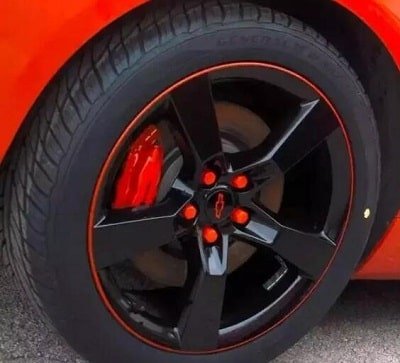
Powder coating of hubs

Live shooting of powder coating plant

Powder coating of railings


Powder coating of other products

Hydro transfer printing is a process that involves transferring color patterns from transfer paper onto the surface of a three-dimensional product using water pressure. As people increasingly demand better packaging and surface decoration for their products, the use of hydro transfer printing is becoming more widespread.

Typical products: Printing for transportation, consumer electronics and military products
Suitable output: Small batch to large batch
Quality: The surface texture of the product is precise and clear, but there is a slight stretch
Speed: Fast, around 10 to 20 cycles / hour

Applicable Materials
All hard materials that are suitable for hydro transfer printing are also suitable for spraying. The most commonly used materials for hydro transfer printing and spraying are injection molded parts and metal parts.

Process Cost
There are no mold costs involved, but fixtures are required to perform hydro transfer printing on multiple products simultaneously, which helps reduce the overall time taken.
The time required for the process is minimal, typically not exceeding 10 minutes per cycle.

Impact on the Environment
Compared to product coating, the application of printing paint through hydro transfer printing is more thorough, which reduces the likelihood of waste leakage and material wastage.
Examples

Hydro transfer printing from an underwater perspective

Hydro transfer printing on the water gun

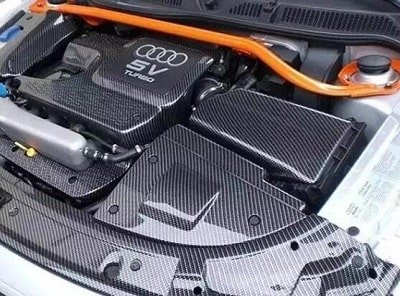
Hydro transfer printing of other products

Screen printing is a printing technique that transfers ink onto a substrate through the mesh of the graphic part by squeezing a scraper. This process replicates the same graphic as the original. The equipment used for screen printing offers several advantages, such as simplicity, ease of operation, low cost, and strong adaptability. Plate making and printing are straightforward, making it an accessible technique.
Screen printing finds extensive applications in various fields, such as color oil paintings, posters, business cards, decorative covers, commodity signs, and printed textiles.

Typical products: Used for clothing, electronics and packaging
Suitable output: Single piece to large batch
Quality: High precision of pattern details
Speed: Manual silk screen (1-5 cycles / minute), machine silk screen (1-30 cycles / minute)
Applicable Materials
Almost all materials can be screen printed, including paper, plastic, metal, ceramics and glass.

Process Cost
The cost of molds is typically low, but it may vary depending on the number of colors required as each color must be plated separately.
Time cost: Machine screen printing can take up to 30 prints per minute, while manual screen printing can take up to 1-5 prints per minute.
Labor cost: In manual screen printing, labor cost tends to be high, particularly when it comes to colorful printing.
Impact on the Environment
Light-colored screen printing inks have a lower environmental impact. However, inks that contain PVC and formaldehyde have harmful chemicals and should be recycled and disposed of properly to prevent water pollution.
Examples

Screen printing of skateboard pattern

Screen printing of clothing
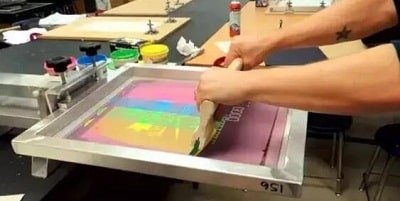
Screen printing of other products

Anodic oxidation, also known as anodizing, is a process primarily used for aluminum. It utilizes the principle of electrochemistry to create an Al2O3 (alumina) film on the surface of aluminum and aluminum alloys. This layer of oxide film possesses unique properties such as protection, decoration, insulation, and abrasion resistance.
Typical products: Mobile phones, computers and other electronic products, mechanical parts, aircraft and automobile parts, precision instruments and radio equipment, daily necessities and architectural decoration.
Suitable output: Single piece to large batch
Quality: The oxide film has special characteristics such as protection, decoration, insulation and abrasion resistance.
Speed: Tens of minutes
Applicable Materials
Aluminum products such as aluminum and aluminum alloys

Process Cost
During the anodization production process, there is a significant consumption of water and electricity, particularly during the oxidation phase. Additionally, the machines themselves require cooling through circulating water, which also adds to the overall energy usage. The power consumption per ton typically averages around 1000 degrees. Reducing the number of auxiliary facilities can help decrease power consumption.
Impact on the Environment
Anodizing is not known for its energy efficiency. Additionally, during the production of aluminum electrolysis, the anode effect can generate gases that have harmful impacts on the ozone layer in the atmosphere.
Examples

Lenses made with Anodic Oxidation

Colorful metal rear case player

Electrophoretic Deposition (ED): This refers to the movement of a charged particle towards its opposite electrode under the influence of an electric field.
Typical products: Automobiles, building materials, hardware, home appliances, etc.
Suitable output: Mass production
Quality: The product presents a variety of colors and maintains metallic luster. At the same time, the surface performance is enhanced, and it has good anti-corrosion performance.
Speed: Faster production speed
Applicable Materials
Stainless steel, aluminum alloy, etc.
Process Cost
It can realize mechanization and automatic continuous operation, also has low labor costs and low total costs.
Impact on the Environment
ED (Electrophoresis Deposition) coatings use water as a solvent, making them non-flammable and non-toxic. This not only saves a significant amount of organic solvents but also greatly reduces air pollution and environmental hazards. Additionally, it eliminates the risk of fire hazards, making it a safer option.
Examples



Micro-arc oxidation, also referred to as micro-plasma oxidation, is achieved by combining an electrolyte with corresponding electrical parameters. This process creates a ceramic film predominantly composed of base metal oxide on the surface of aluminum, magnesium, titanium, and their alloys. The film is grown through the instantaneous high temperature and high pressure generated by arc discharge.
Typical products: Aerospace, IT products
Suitable output: Single piece to large batch
Quality: The material has high surface hardness and good wear resistance
Speed: Fast
Applicable Materials
Al, Ti, Zn, Zr, Mg, Nb, and their alloys
Process Cost
The application of microarc oxidation is limited due to its high arc starting voltage, high current density, low current efficiency, large energy consumption, and high processing cost.
Impact on the Environment
The electrolyte used in micro arc oxidation does not contain toxic substances or heavy metals. Moreover, it possesses strong anti-pollution capabilities and can be reused multiple times, resulting in minimal environmental pollution.
Examples



Metal drawing is a surface treatment method used to create decorative lines on the surface of a workpiece by grinding it. Depending on the resulting texture, metal drawing can be divided into four categories: straight drawing, random drawing, ripple, and swirling.
Typical products: Construction industry such as elevator door panels, faucets, handles, etc., cabinets such as range hoods, sinks, etc.
Suitable output: Single piece to large batch
Quality: Brushing can make the metal surface have a non-mirror-like metallic luster. At the same time, the brushing can also eliminate the slight flaws on the metal surface.
Speed: Fast
Applicable Materials
Metal drawing can be used on almost all materials
Process Cost
The process and the equipment are simple, the material consumption is very low, so the cost is relatively low, and the economic benefit is high.
Impact on the Environment
Pure metal products, the surface is free of paint and any chemicals. 600 degrees high temperature does not burn, does not generate toxic gases, meets fire and environmental protection requirements.
Examples
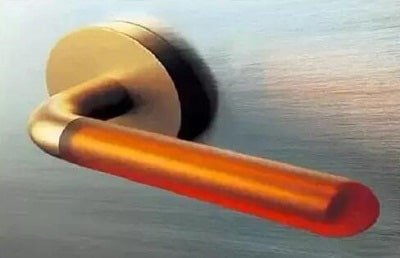
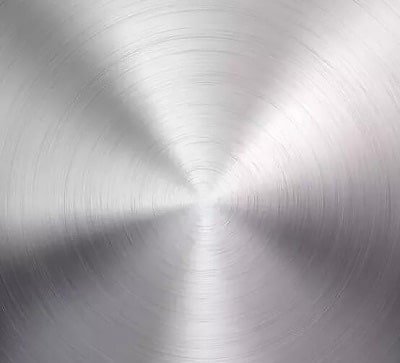

In-Mold Decoration (IMD) technology is a molding method that involves placing a printed film into a metal mold, injecting molding resin into the mold, and joining the film to create an integrated product. The resin is then cured to produce the finished product.
Typical products: Decorative and functional control panels for home appliances, car dashboards, air-conditioning panels, mobile phone cases / lenses, washing machines, refrigerators, etc.
Suitable output: Single piece to large batch
Quality: Can be used for complex images, the product is resistant to abrasion, can prevent scratches on the surface, and can maintain the vividness of the color for a long time and is not easy to fade.
Speed: Fast
Applicable Materials
Plastic surface
Process Cost
Simply opening a set of molds can help in reducing system and inventory costs, as well as the costs associated with man-hours. Through highly automated production, a simplified manufacturing process, and a one-shot injection molding method that achieves both molding and decoration simultaneously, constant costs and man-hours can be reduced, resulting in more stable production.
Impact on the Environment
This technology is environmentally friendly and avoids the pollution caused by traditional spray paint plating.
Examples

Mobile phone protective cover for injection molding

